Content

Common methods for treating low pH water include: 1. **Limestone Neutralization**: Adding limestone (calcium carbonate) to the water can help raise the pH level by neutralizing the acidity. 2. **Soda Ash Injection**: Injecting soda ash (sodium carbonate
Update: 20/06/2023
Share:




Some Ways to Treat Low pH Water
Treating Low pH Water with Chemicals
Chemicals are one of the methods that many people use to increase the pH of water. Among them, soda, also known as Na2CO3, is a commonly used substance.
The mechanism of this method is to mix soda and Hypochlorite into low pH water in precise doses. The treated water can achieve the desired pH level.

In general, the method of using chemicals is considered to be fast and effective, but relatively difficult to implement and requires guidance or direct implementation by experienced technicians.
Furthermore, this method is suitable for cases where the water source has high turbidity. Water sources heavily polluted will not be effectively treated.
It is necessary to carefully control the concentration of chemicals added to avoid not achieving the desired effect or causing the pH to become too high, which can affect the health of users.
Treating Low pH Water with Neutralizing Filters
Neutralizing filters are a method applied to water sources with not too low pH levels. The operating mechanism involves using Calcite filters to neutralize the acidity in the water.
This method is suitable for small-scale water systems. Additionally, the filter material will be depleted over time, so it is necessary to check and replace the filter regularly.
Furthermore, this material can increase the calcium content in the water, making it hard. If used for domestic purposes, additional measures to adjust water softness must be applied.
Using Corosex pH-raising Materials
pH-raising materials are commonly used to increase the alkalinity of water. This method of treating low pH water is highly effective and easy to implement. These materials can be combined with other substances such as gravel, activated carbon, and manganese sand to treat low pH well water.
.webp)
The method of using pH-raising materials combined with filter materials is also considered highly effective in treating impurities, sediments, odor removal, water discoloration, etc.
However, this method of treating low pH well water should not be used for direct drinking water but only for domestic purposes. When used for drinking, it must undergo boiling or be treated with a water purifier.
Using Water Filters, RO Water Filtration Systems
There are many types of water filters and filtration systems on the market today that help treat low pH water. Specifically:
- RO water filters, electrolytic water filters
- RO 100l water filtration systems for direct drinking water, domestic water.
.webp)
These types of machines and systems completely treat all contaminants in water such as impurities, bacteria, heavy metals, toxic substances, water color... At the same time, they increase the pH of the water to suit the users' needs.
Consulting with Experts
In general, low pH water has a significant impact on users and reduces the applicability of water sources in various industrial sectors.
Treating this water source is considered not easy. Therefore, if you have not found a suitable solution, please contact experts in the water treatment field.
They are knowledgeable and experienced individuals who can provide the most useful advice.
Above are some insights into treating low pH water. Hopefully, it will help you choose an effective and appropriate solution. If you have any questions, please contact us for advice from our experts.
Update: 20/06/2023
Share:




Related news
Test3
Created at: 20/01/2025

How to effectively treat cloudy pool water, the right way
Understanding the ways to treat cloudy pool water to choose the most suitable method for the characteristics of the pool water, area, and usage needs is essential. Because each method has its own advantages and disadvantages, thorough research is needed to determine the optimal approach. The following article will provide detailed information on how to reduce cloudiness in pool water as follows:
Created at: 09/12/2023
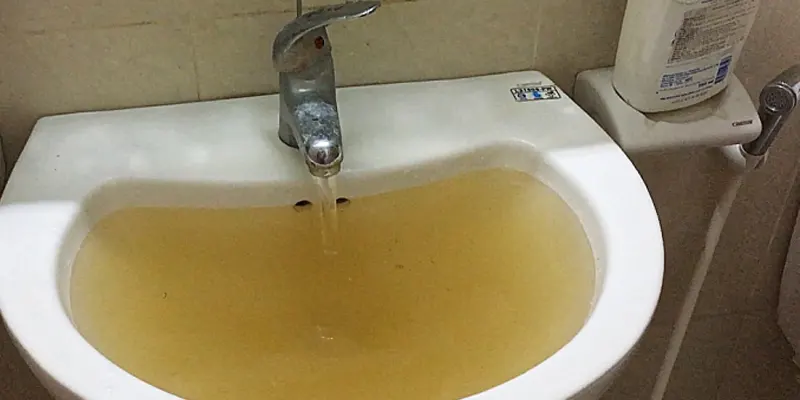
Top 5 simple and effective ways to treat Manganese in water in 2024
Handling manganese in groundwater is extremely necessary. Because manganese not only affects the aesthetics, quality of the water source, but also human health, especially the nervous system. So, what methods help effectively treat manganese, let's find out in the article below.
Created at: 15/08/2023










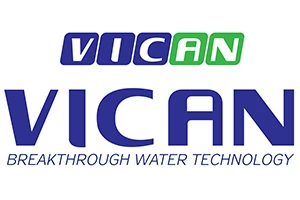






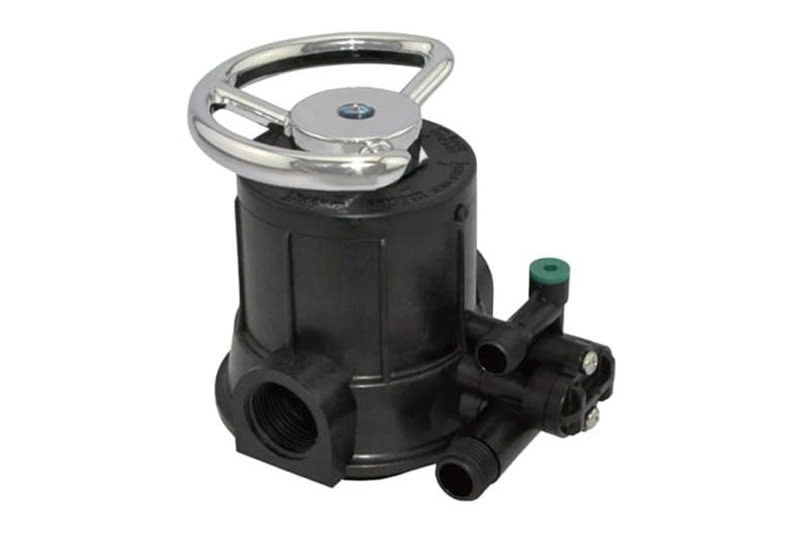
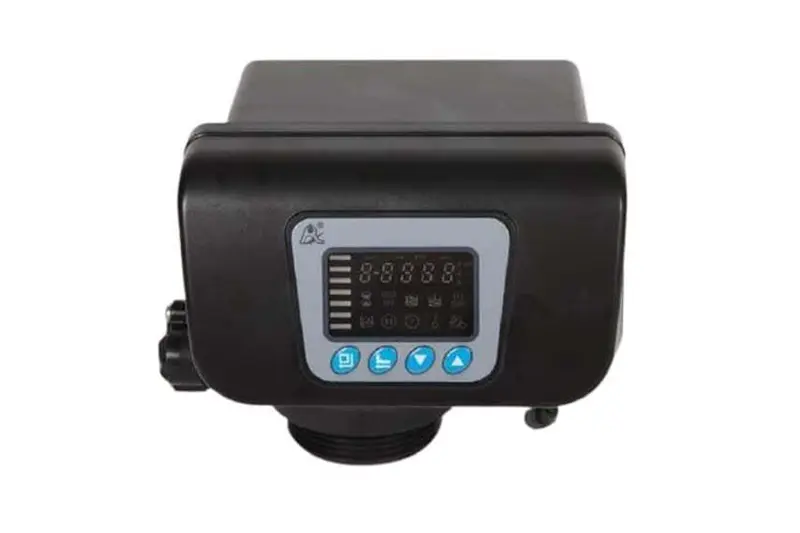




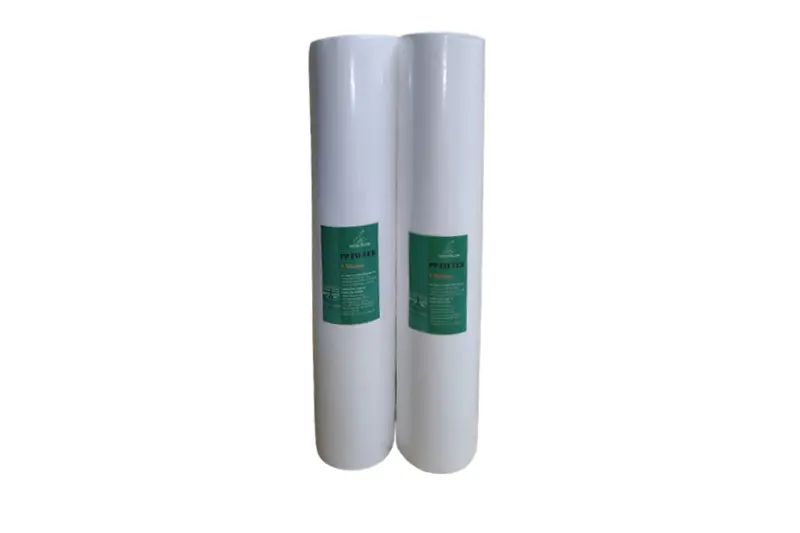



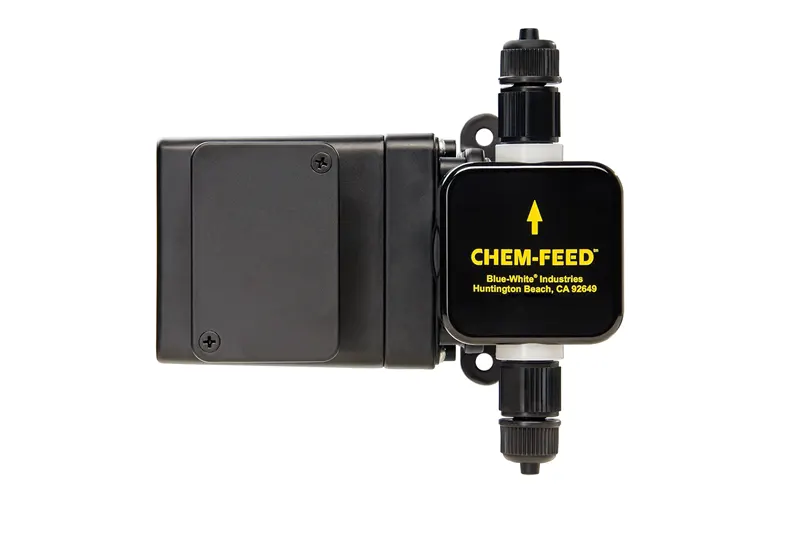
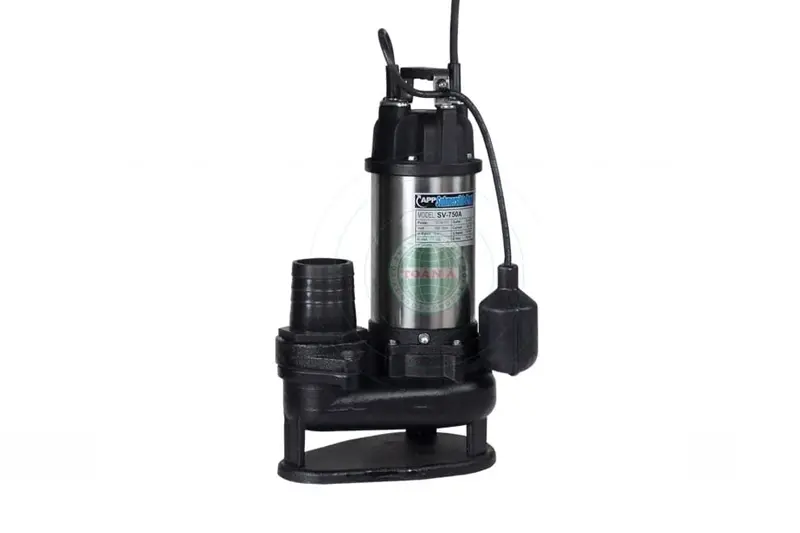



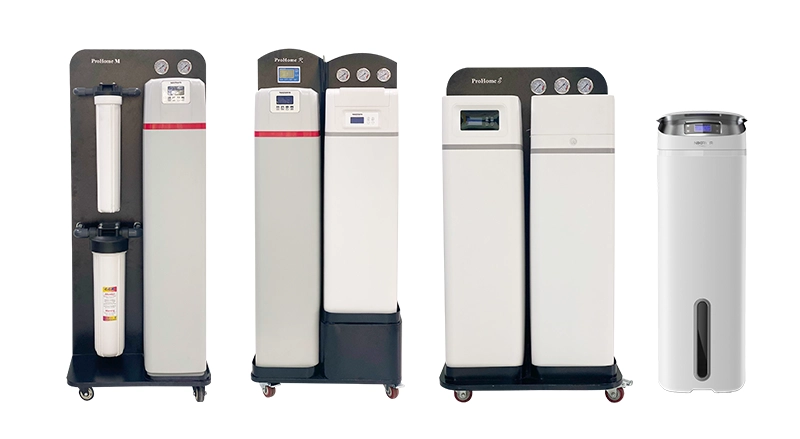
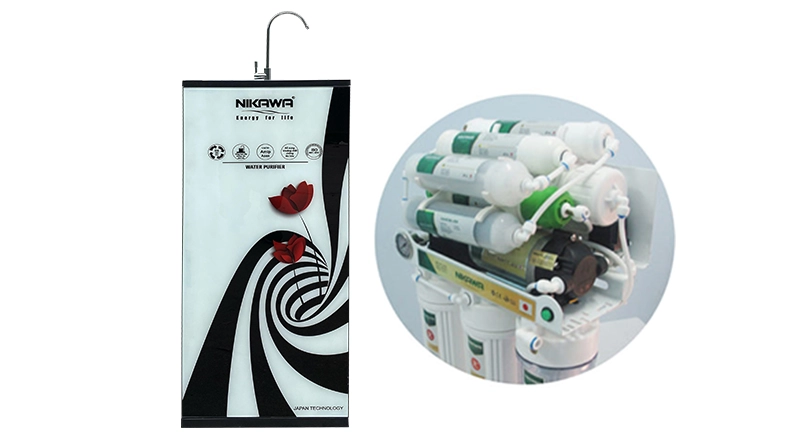
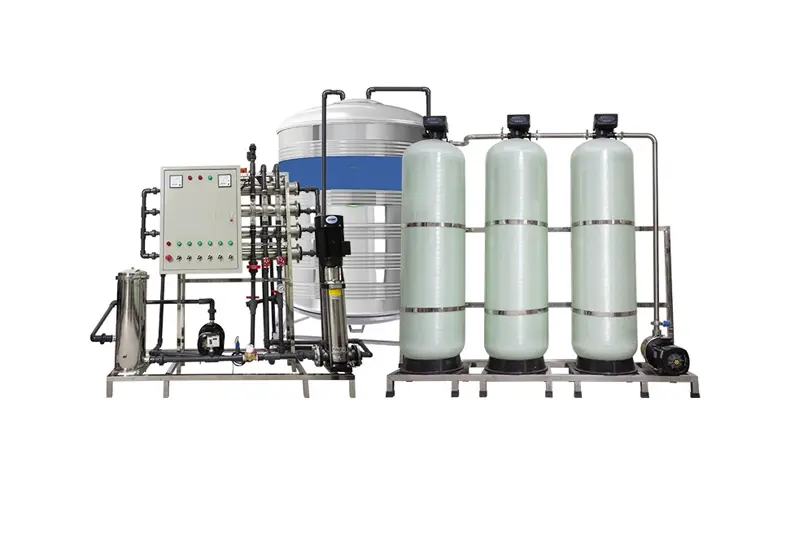
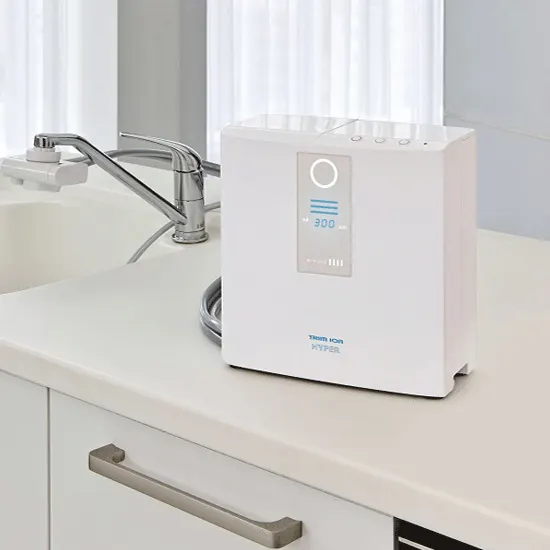
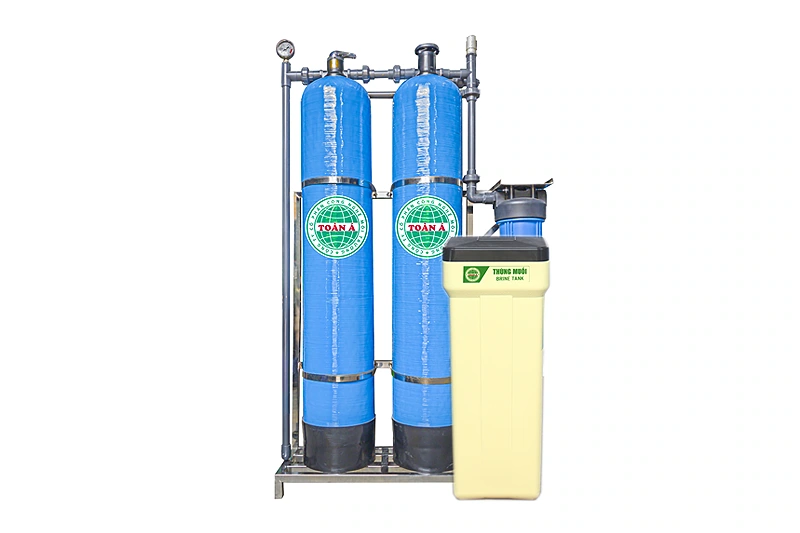


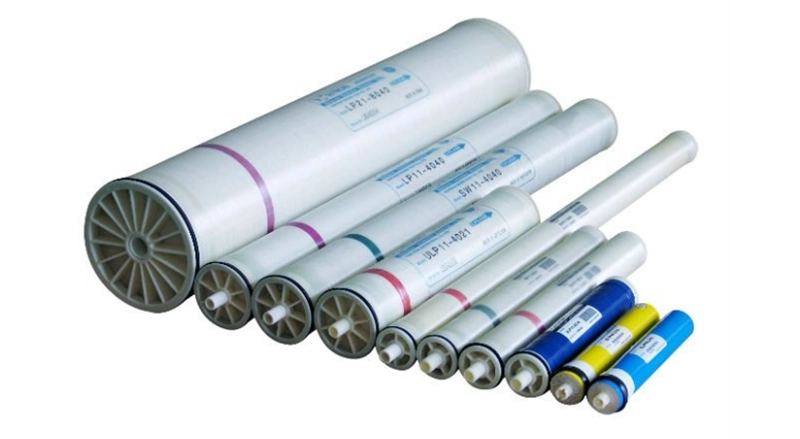
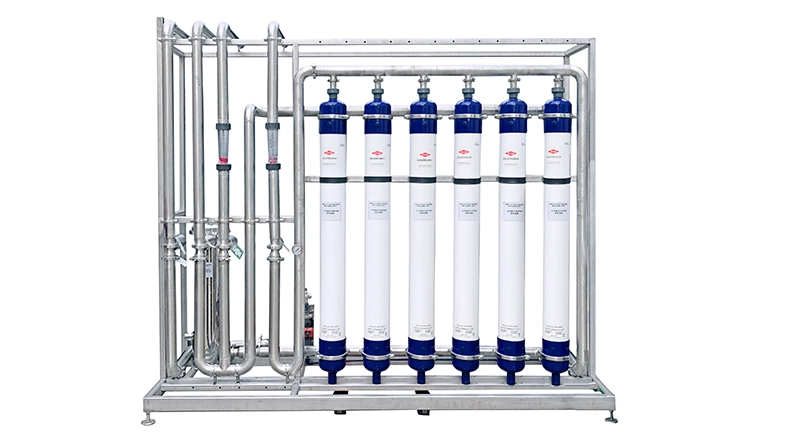


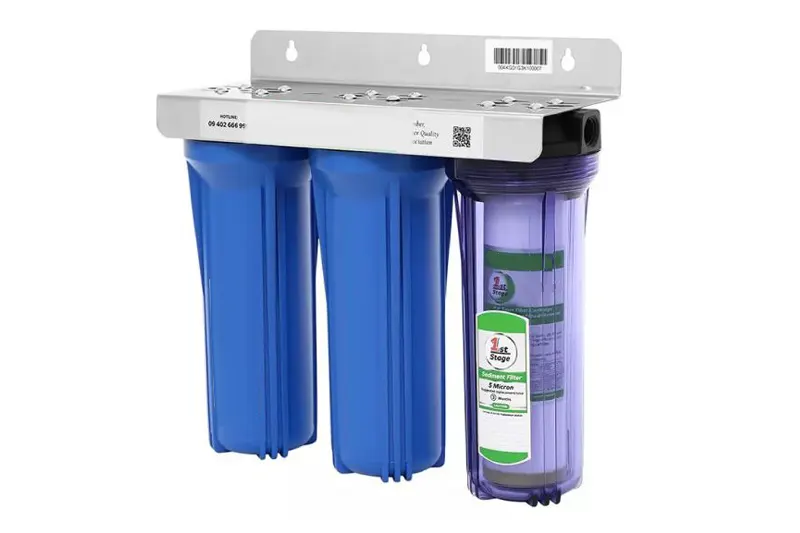

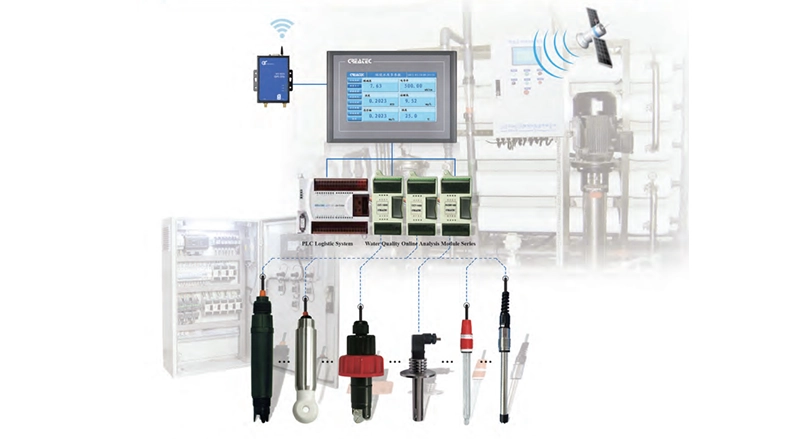
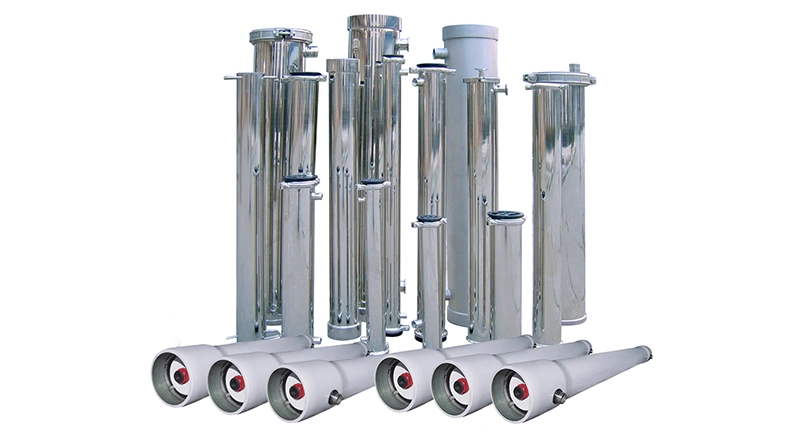
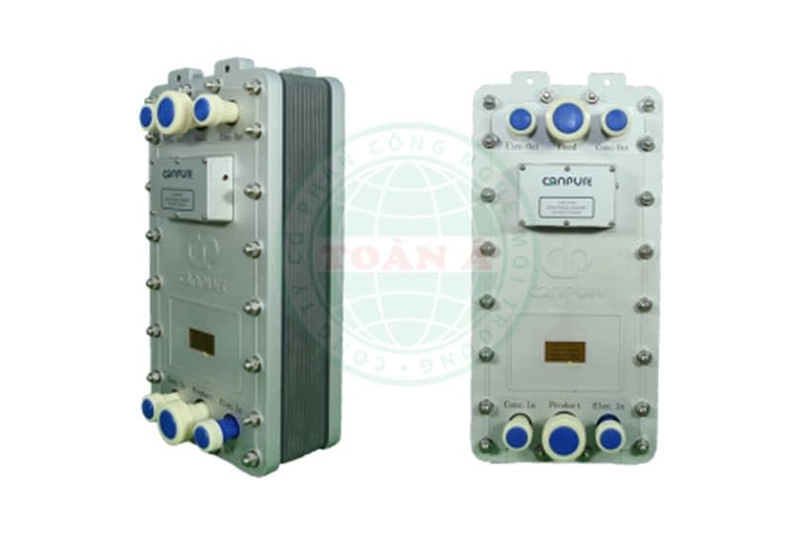
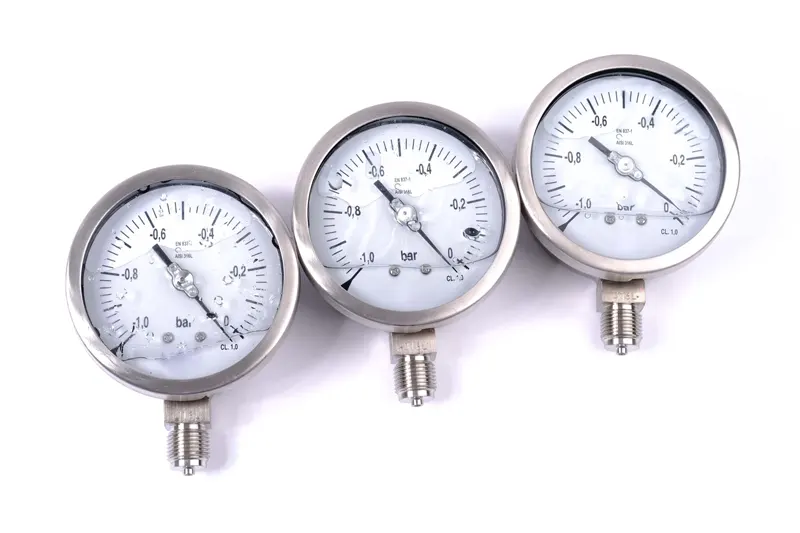
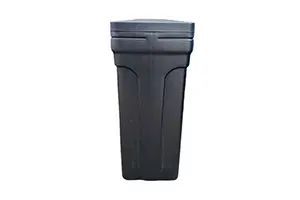


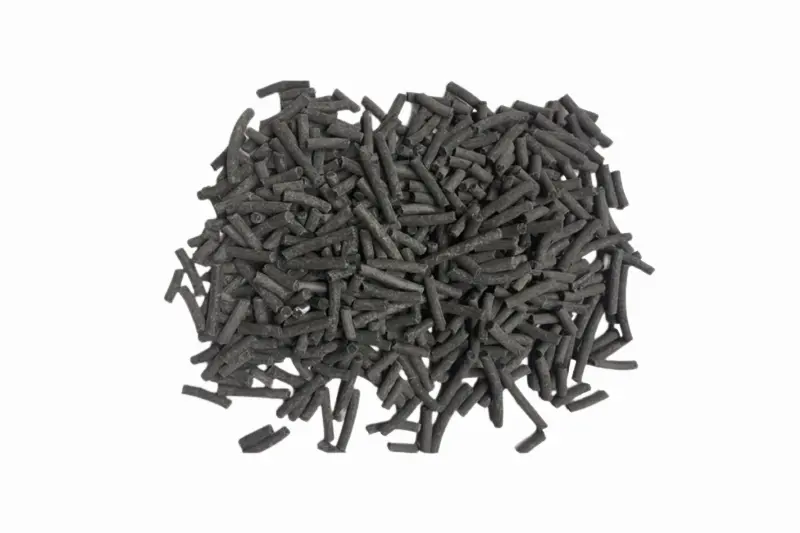
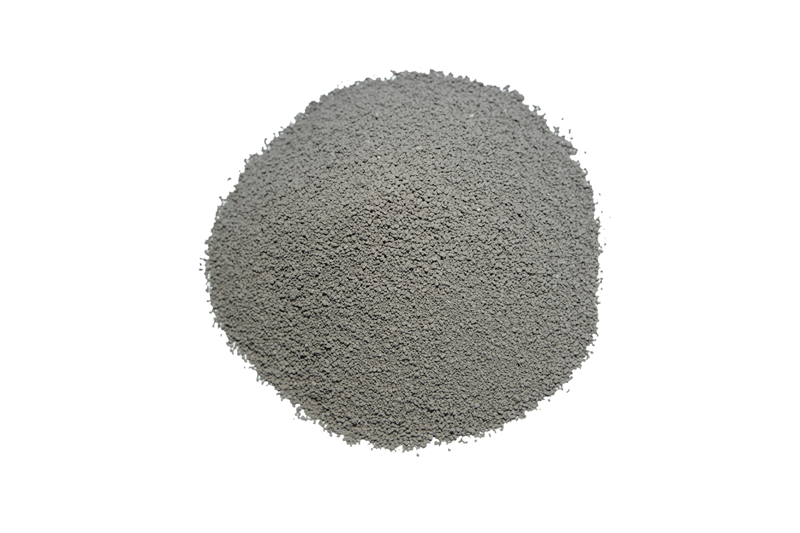
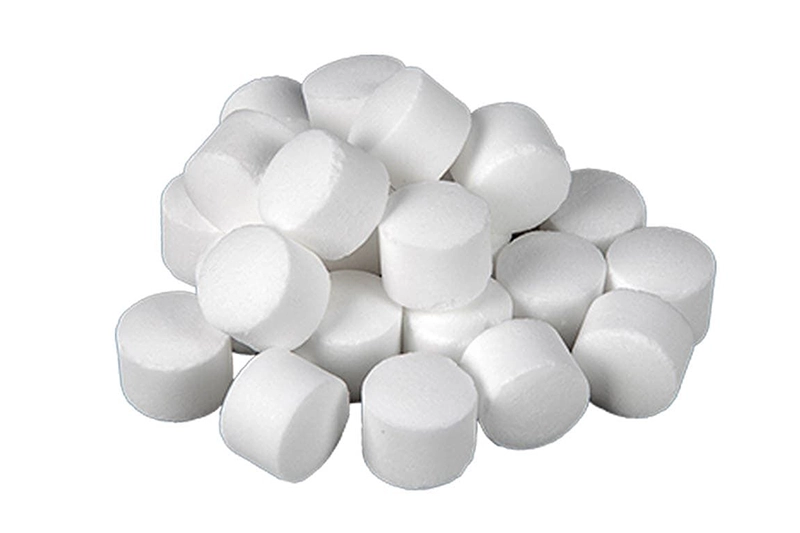
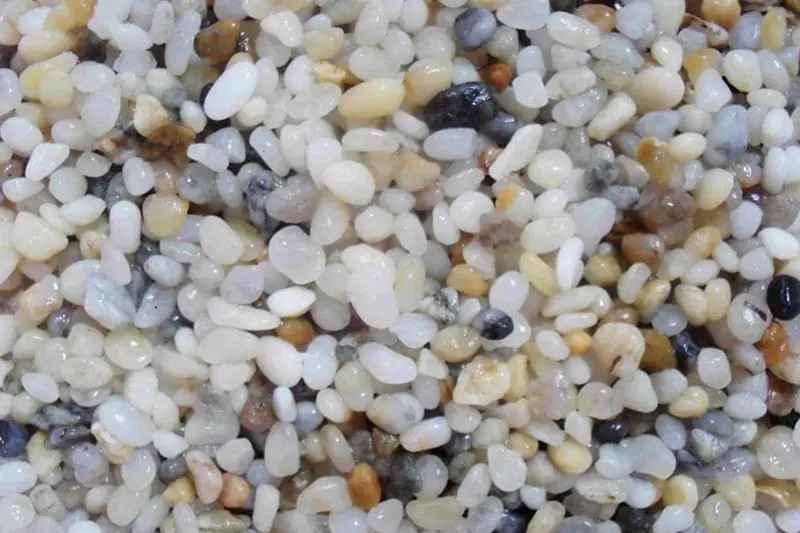
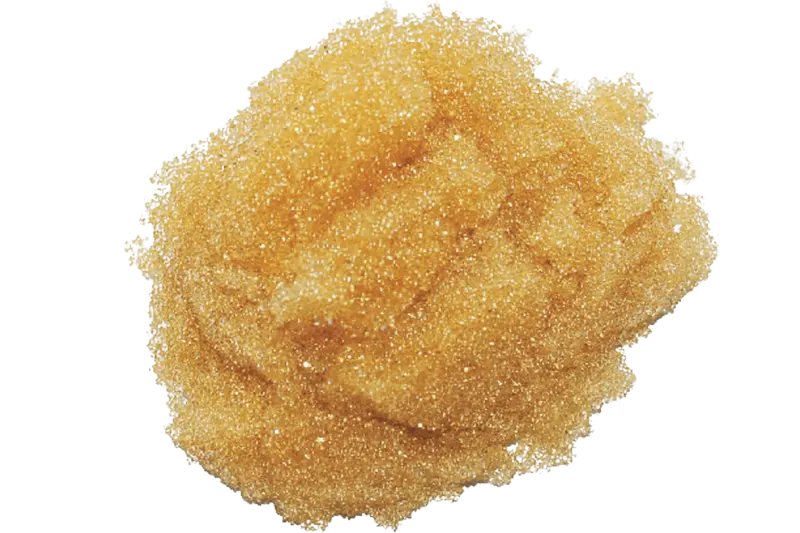








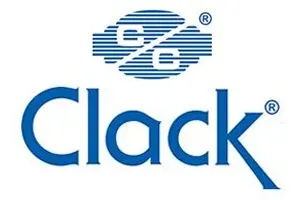


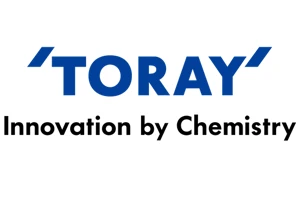

 Water Filter Columns
Water Filter Columns
 Water Filtration Membranes
Water Filtration Membranes
 Control Valves
Control Valves
 Water Filter Cartridges
Water Filter Cartridges
 Water Pumps
Water Pumps
 Water Filtration Equipment
Water Filtration Equipment
 Water Filtration Components
Water Filtration Components
 Water Filtration Materials
Water Filtration Materials
 Heat Pump Water Heaters
Heat Pump Water Heaters



 Products
Products  Solutions
Solutions  Project
Project  News
News